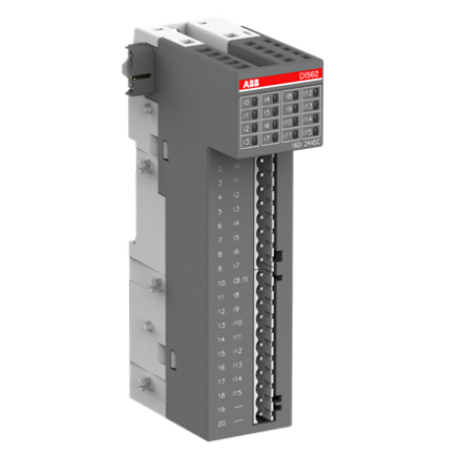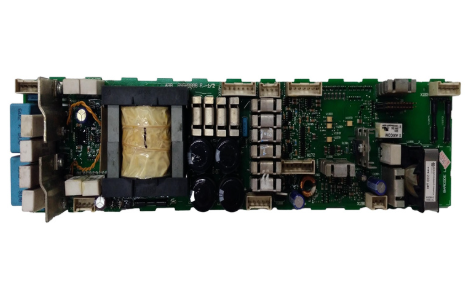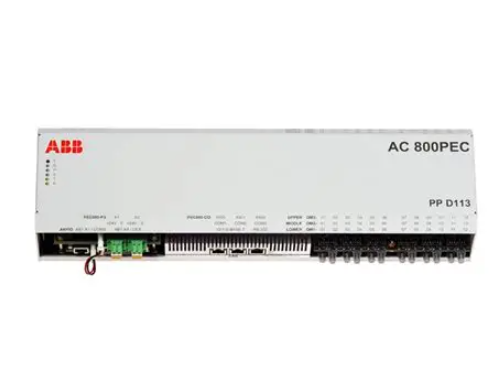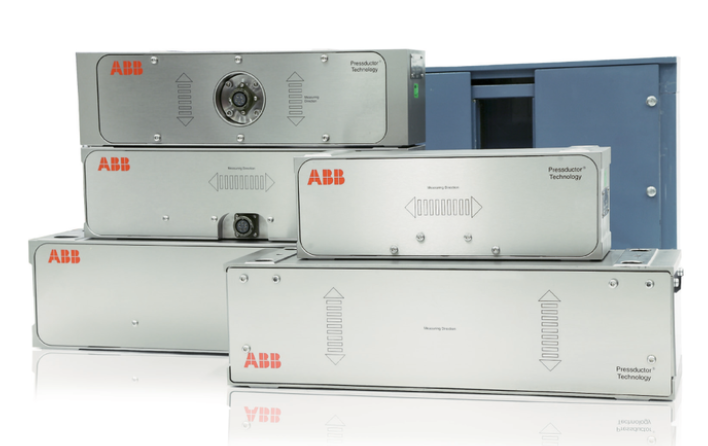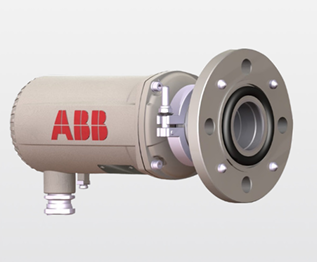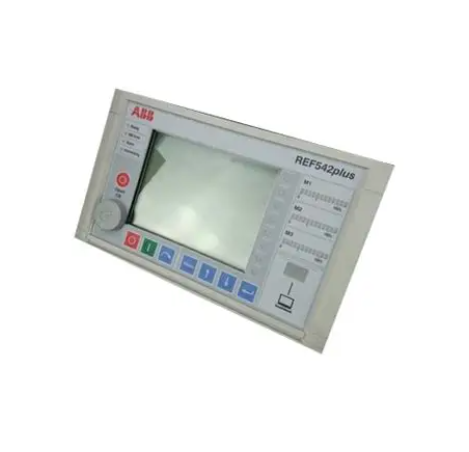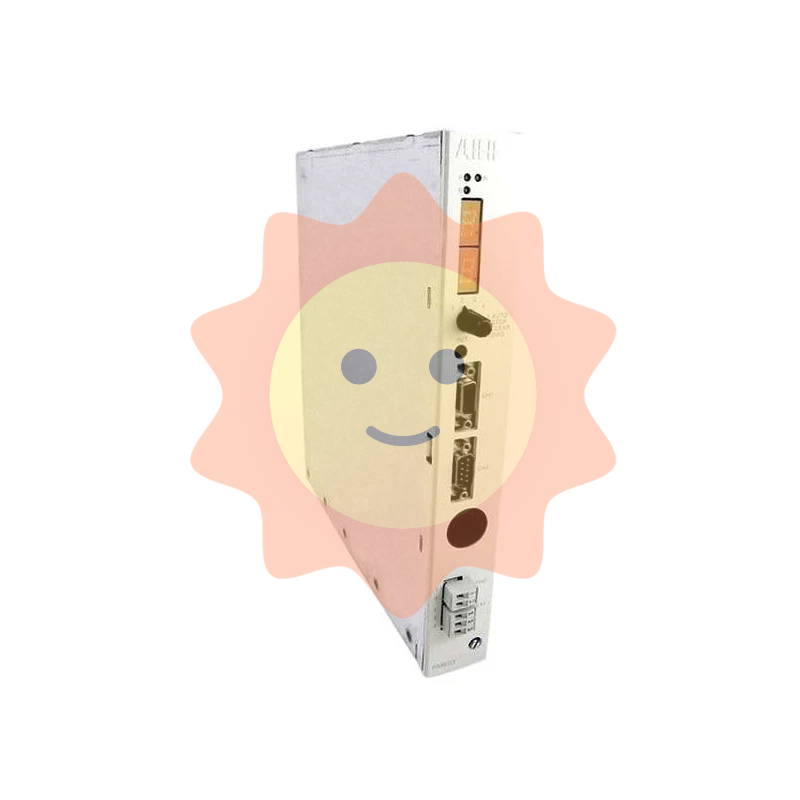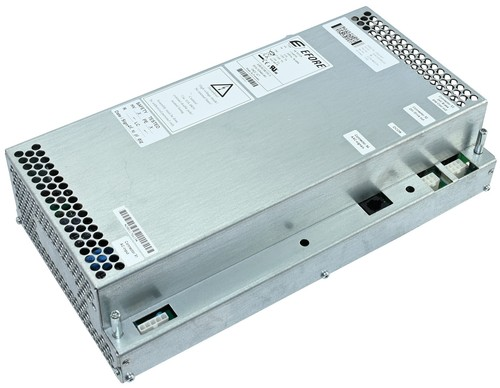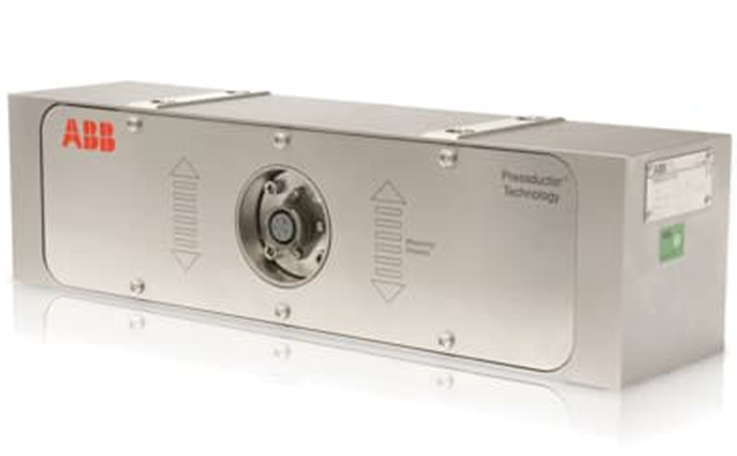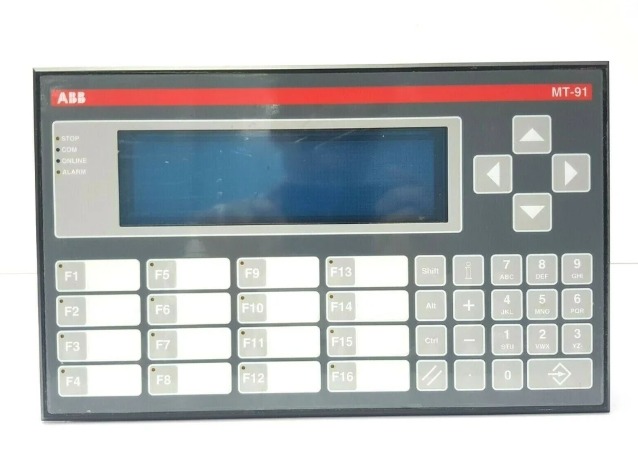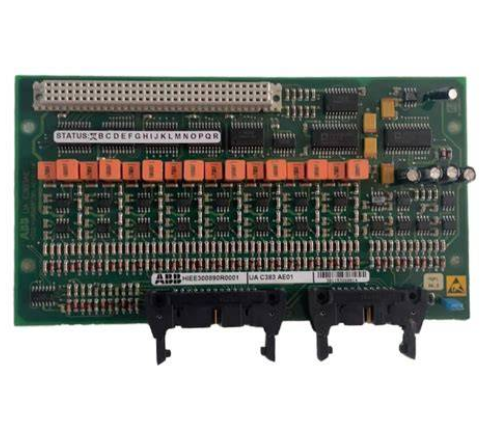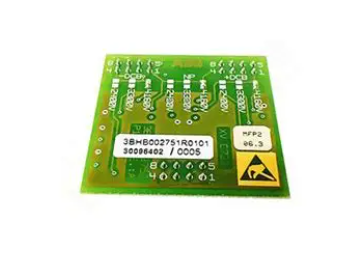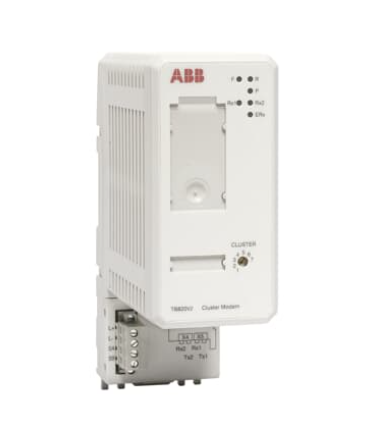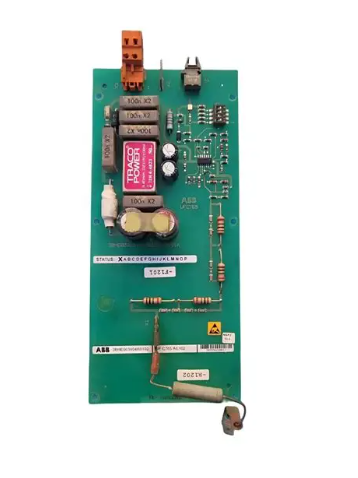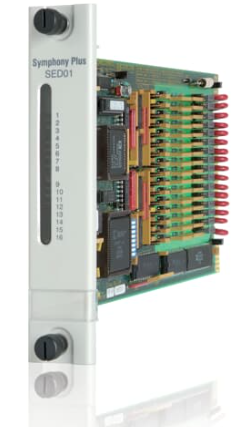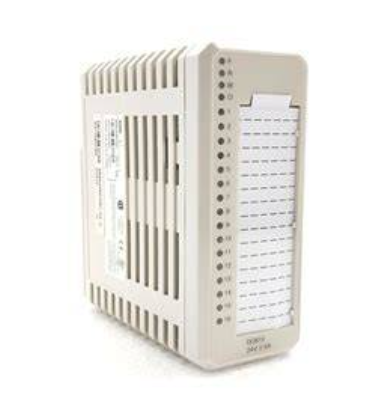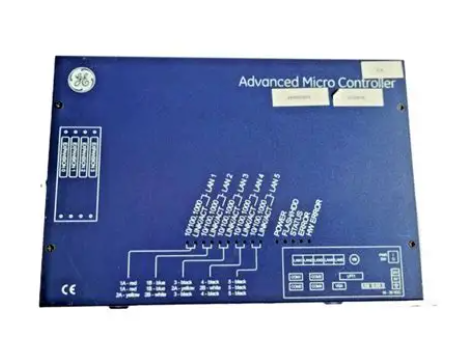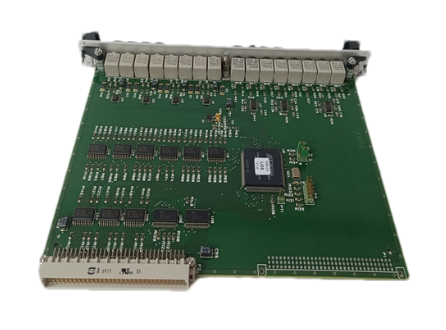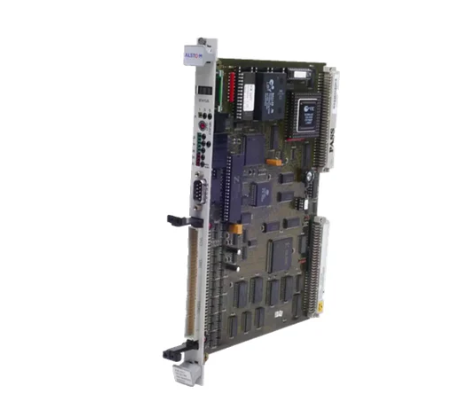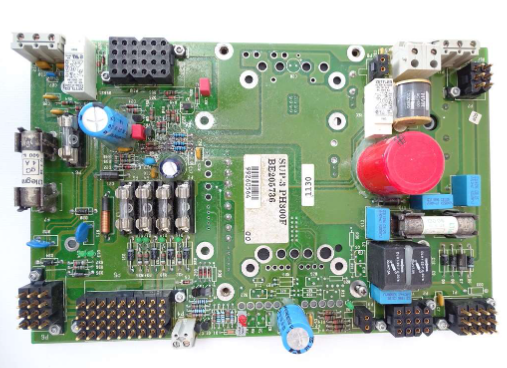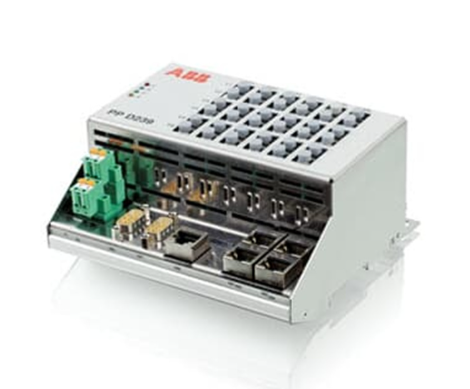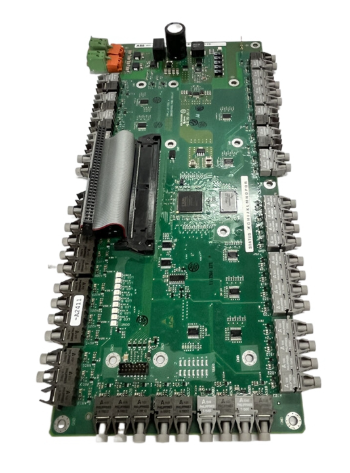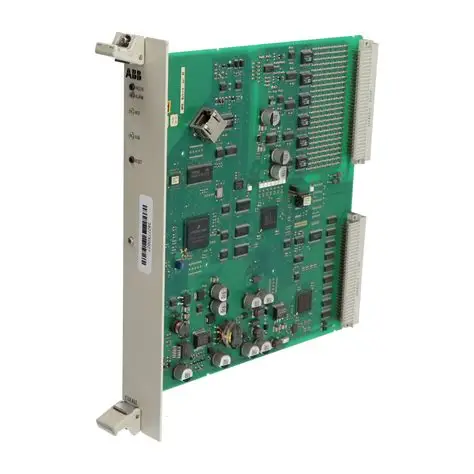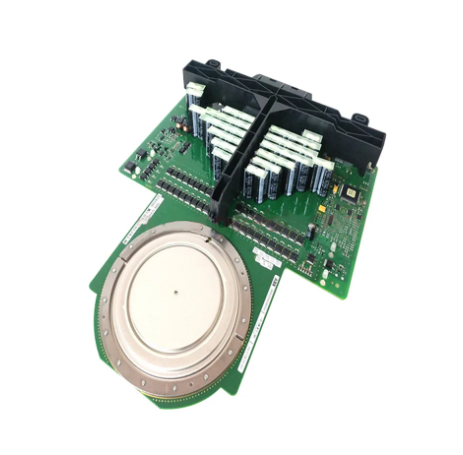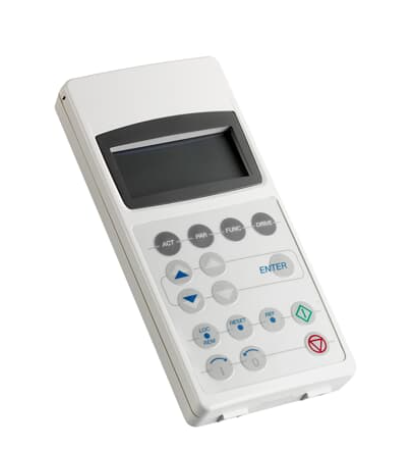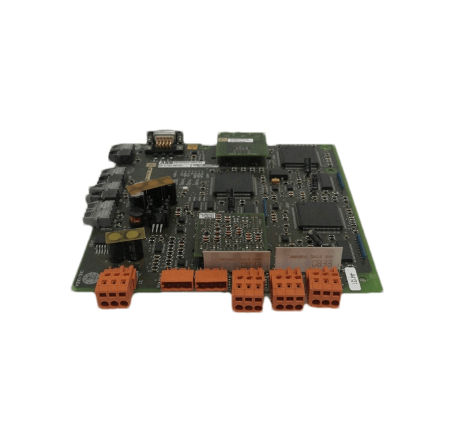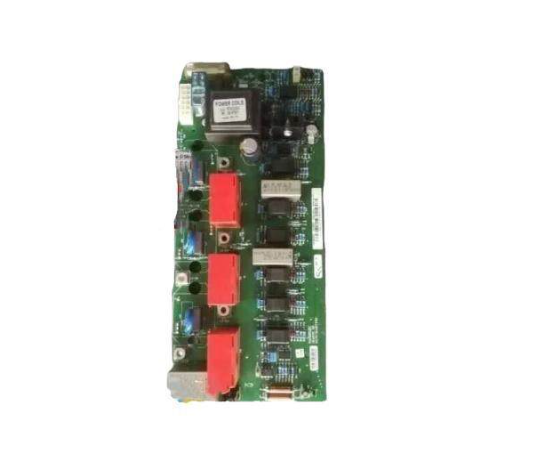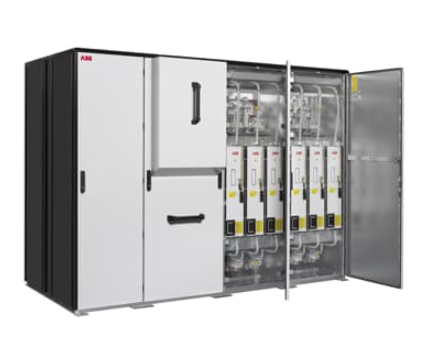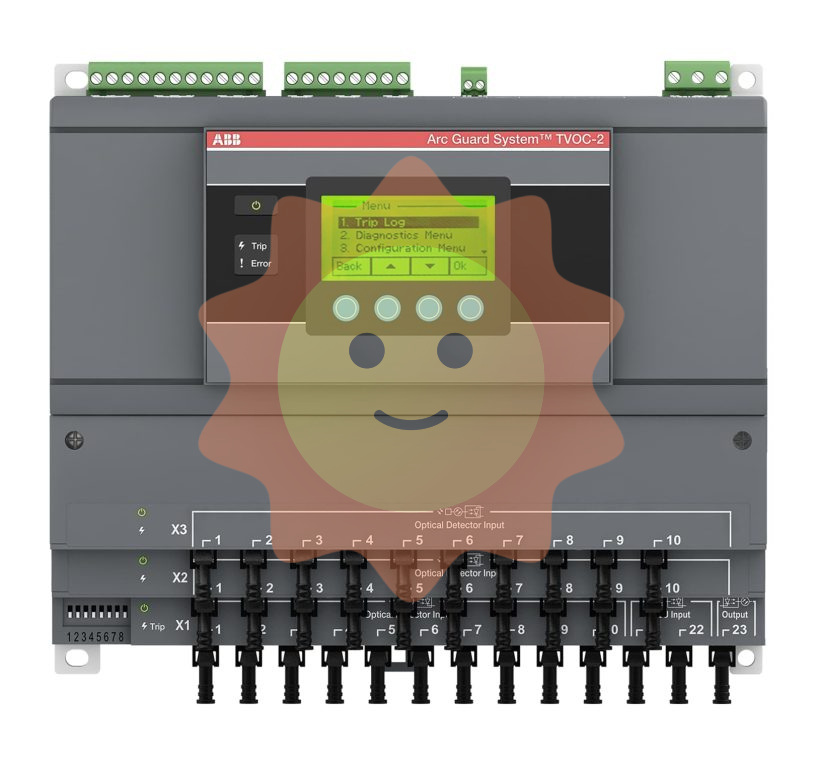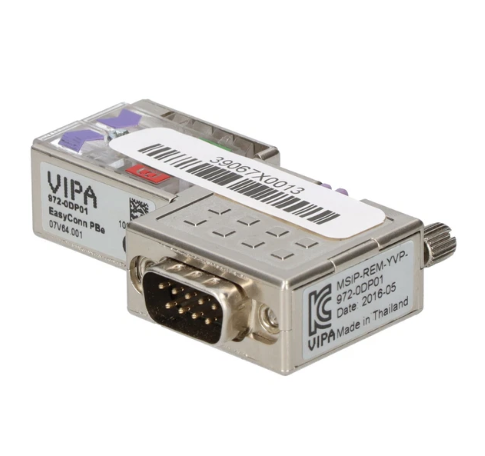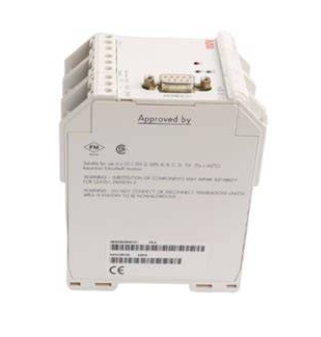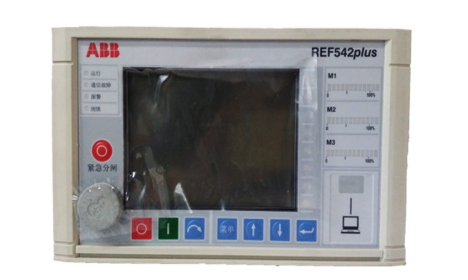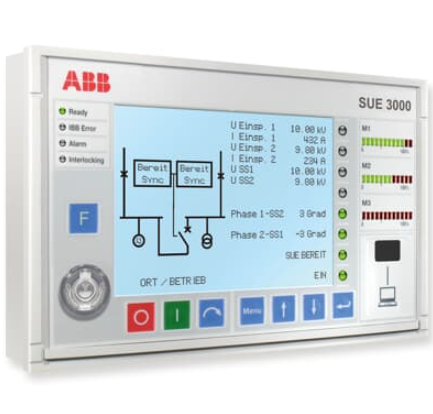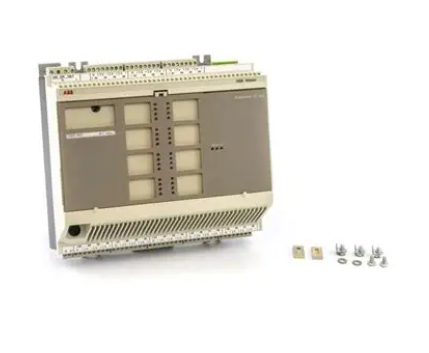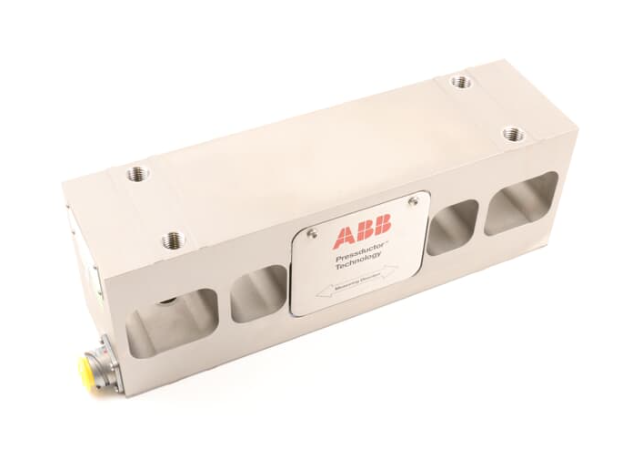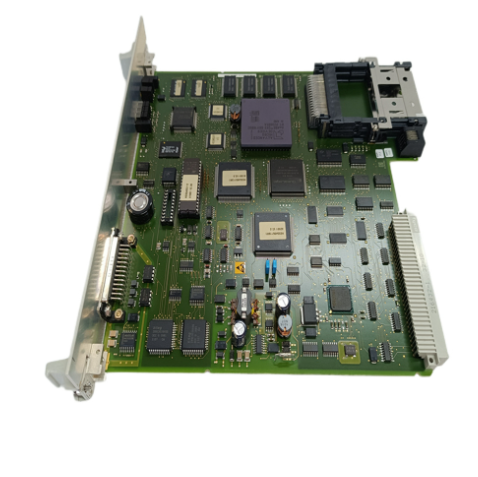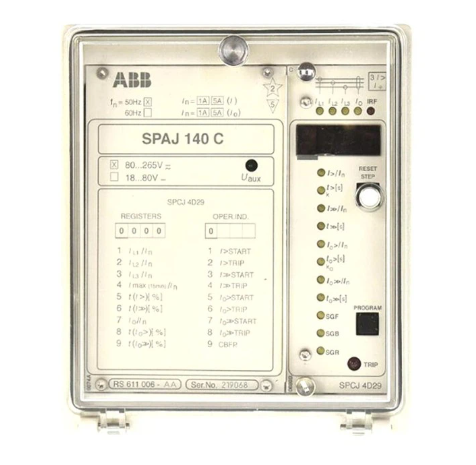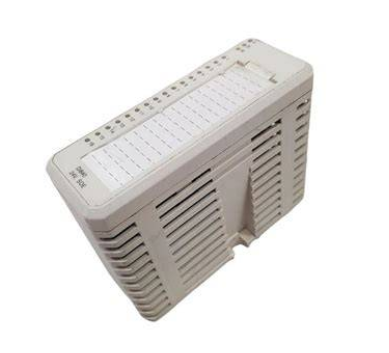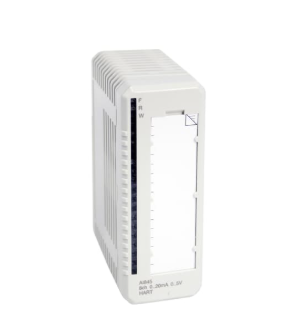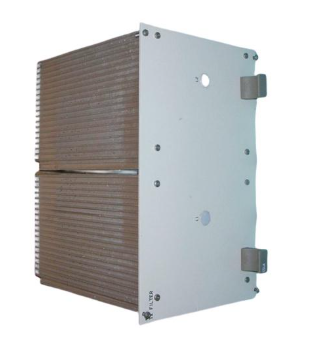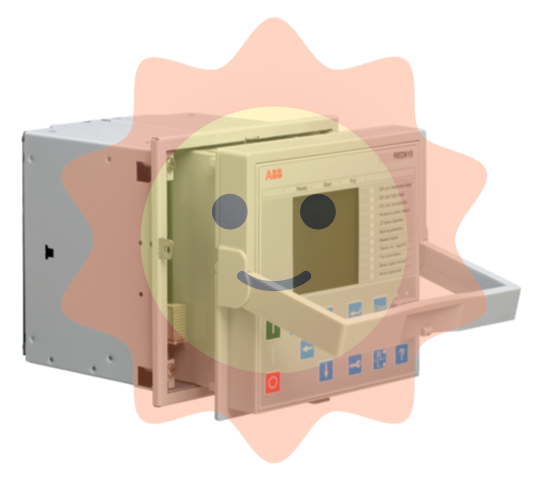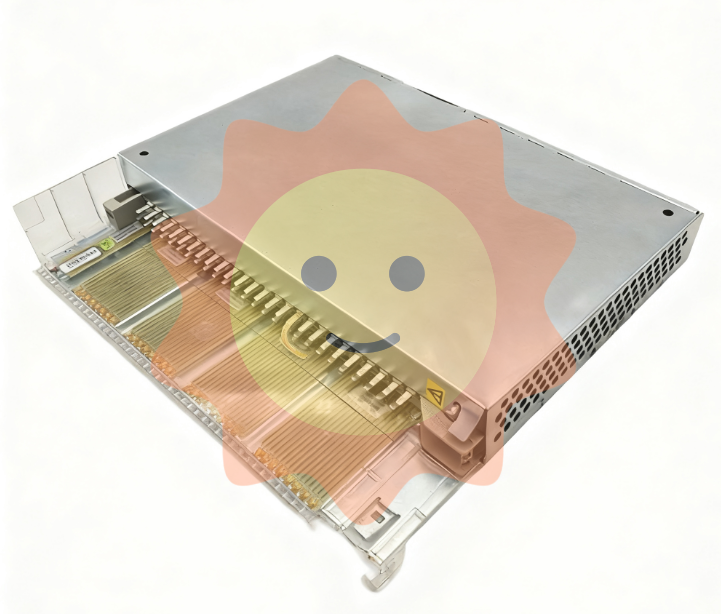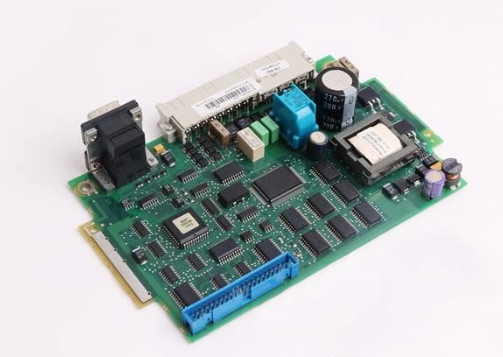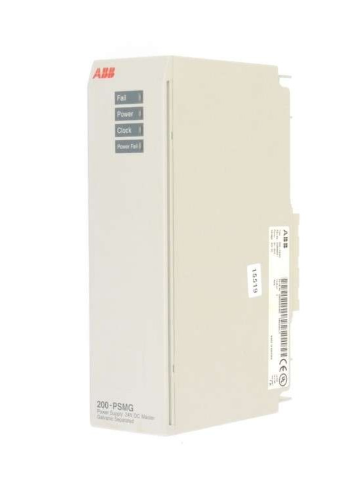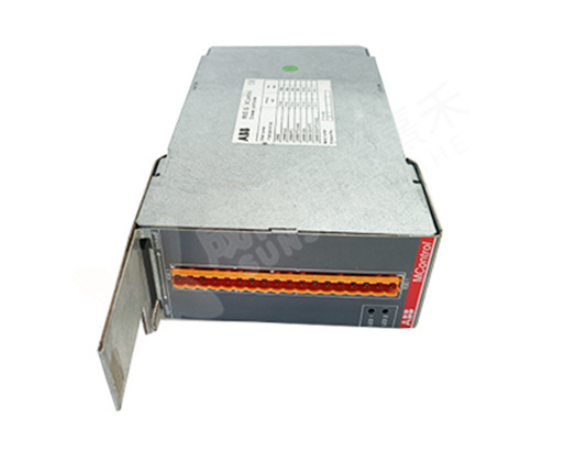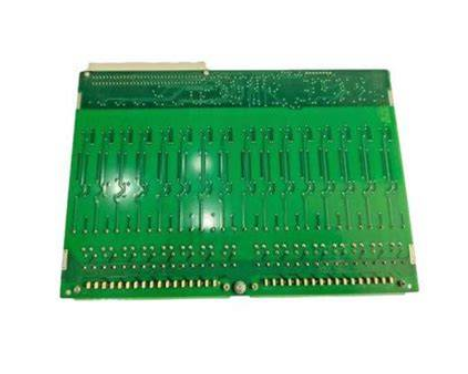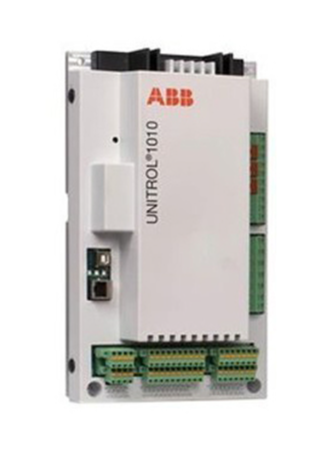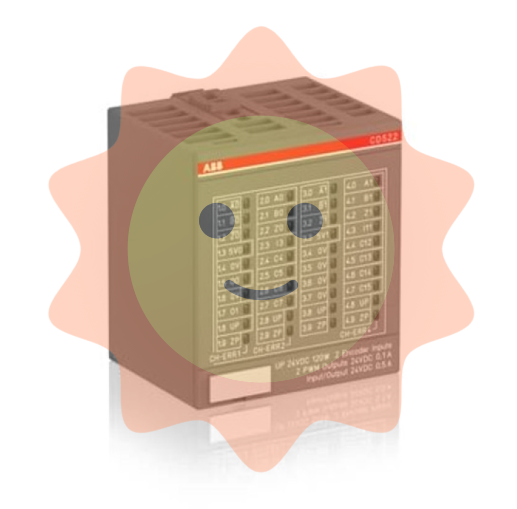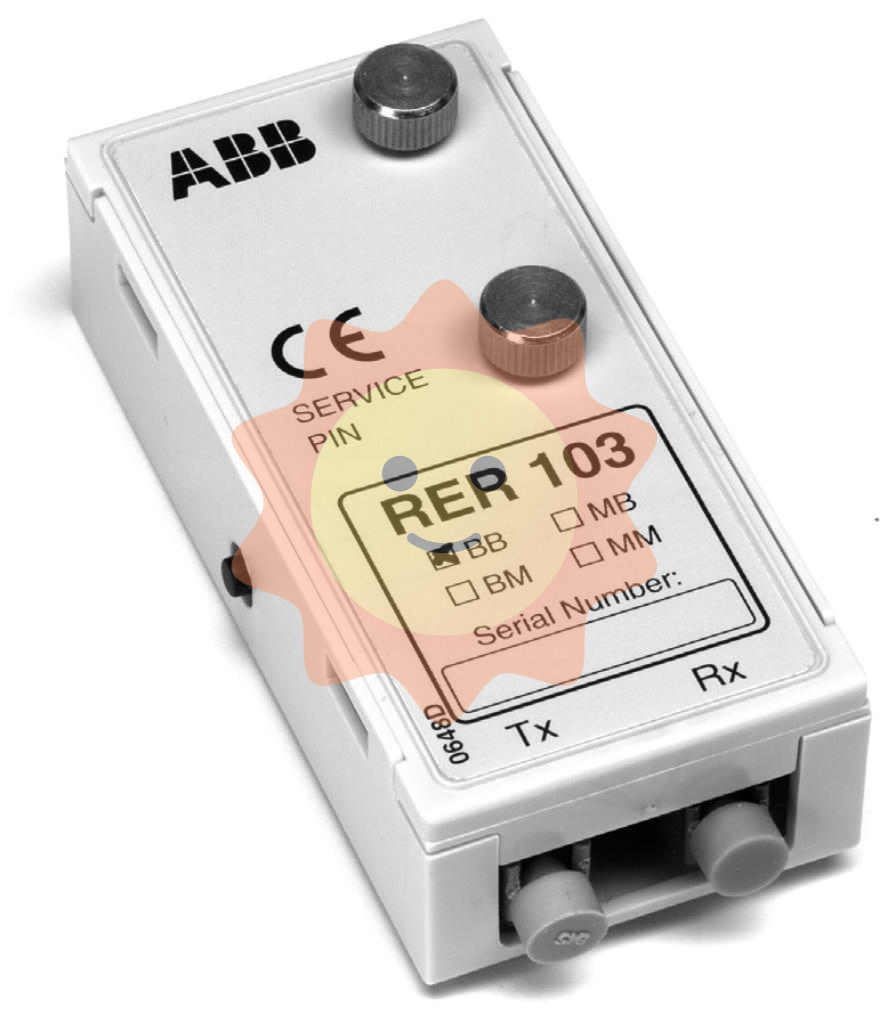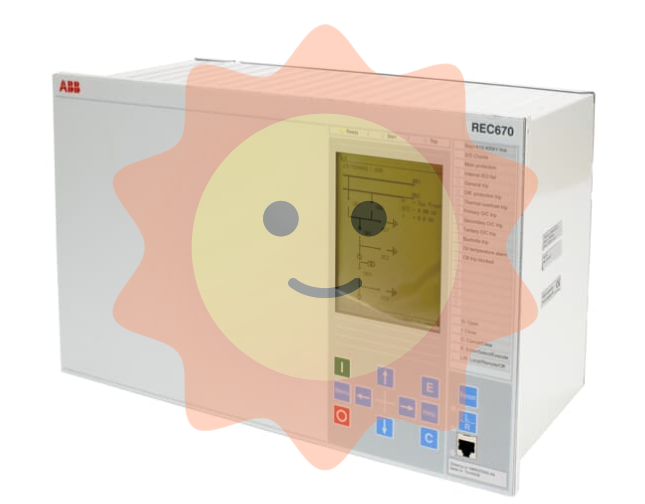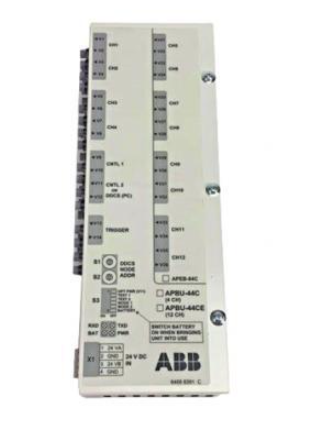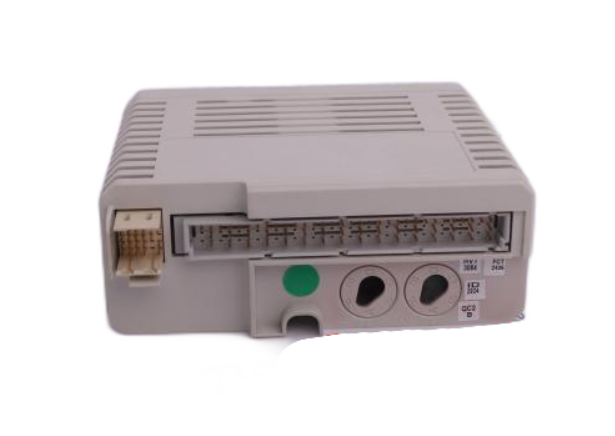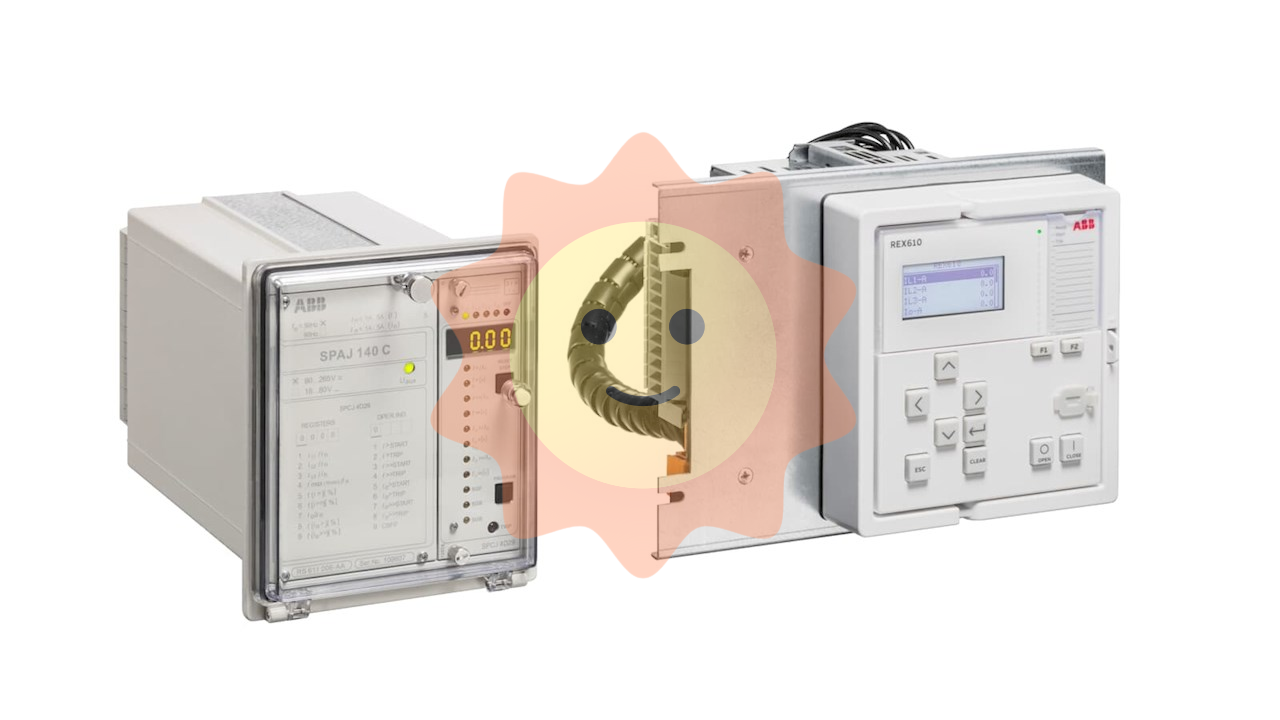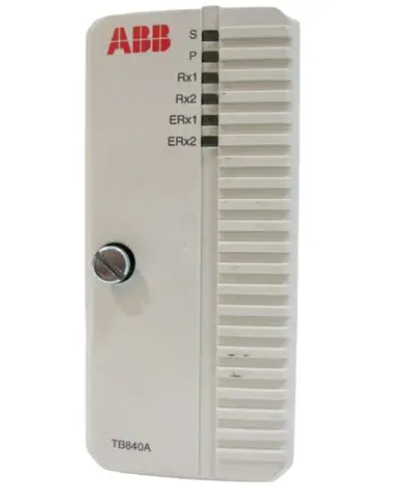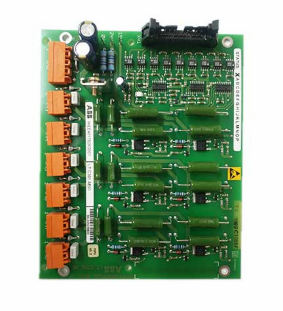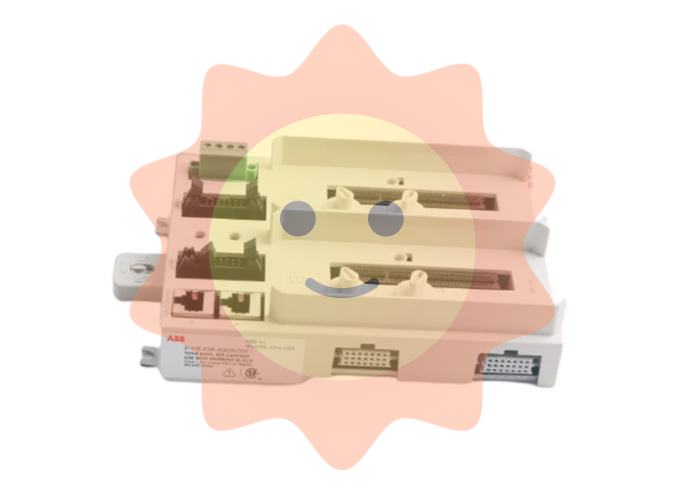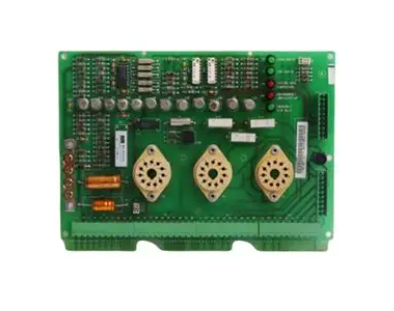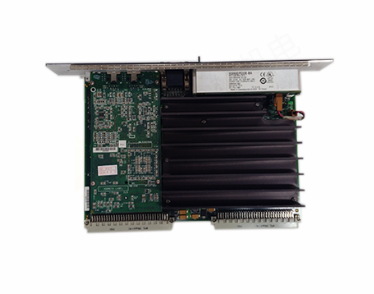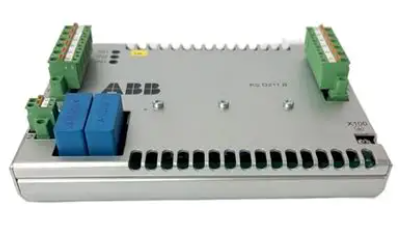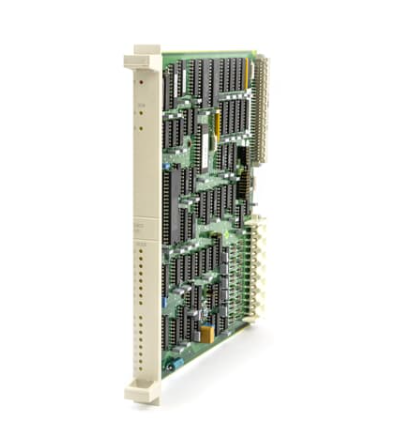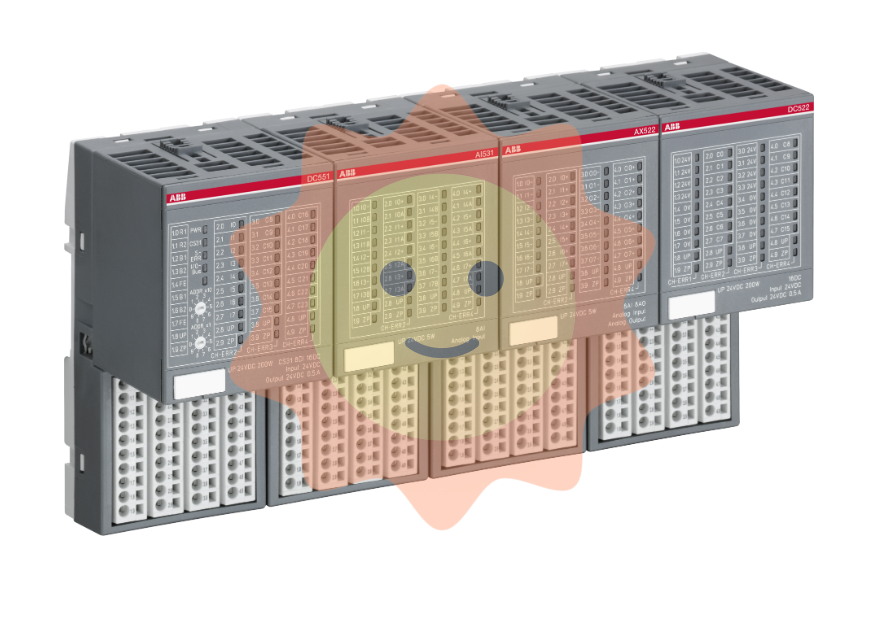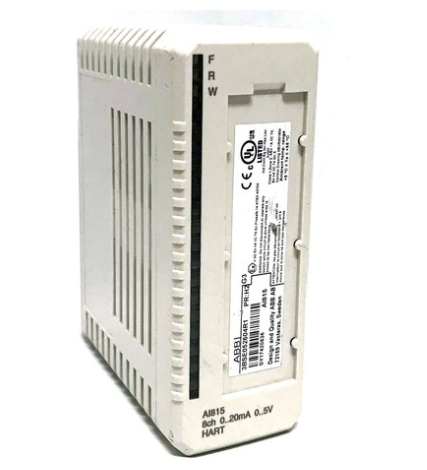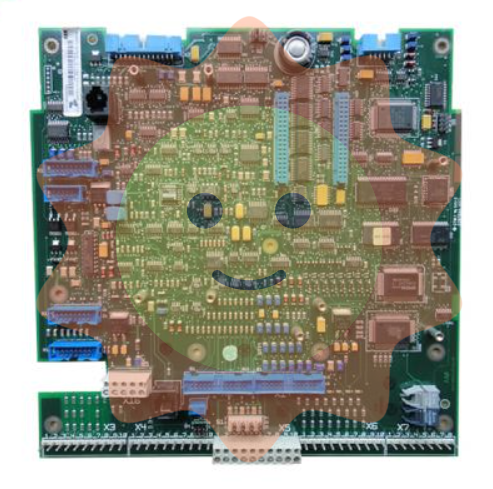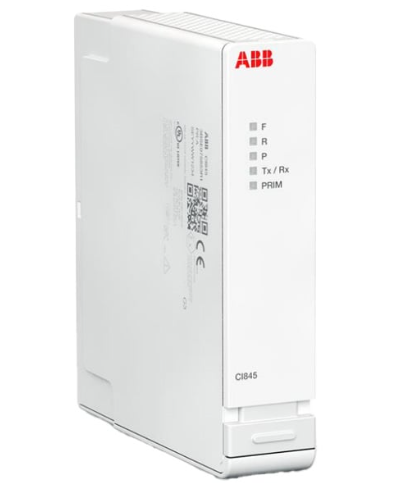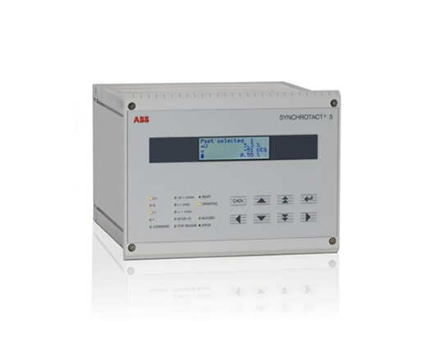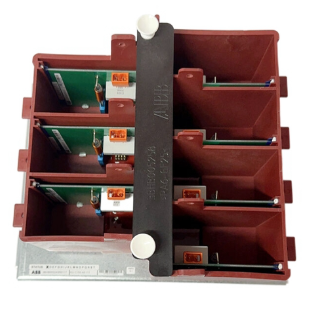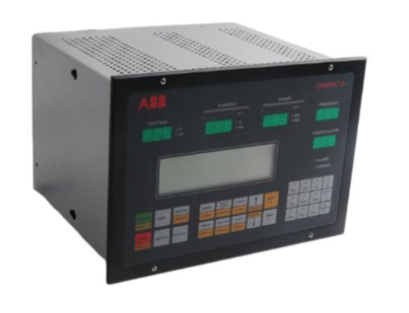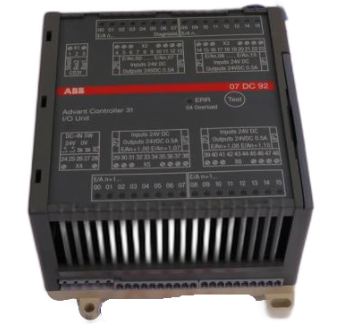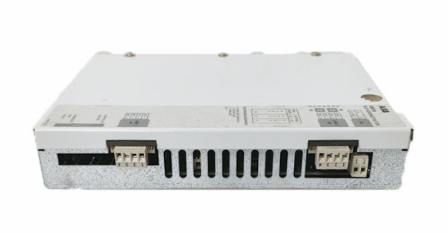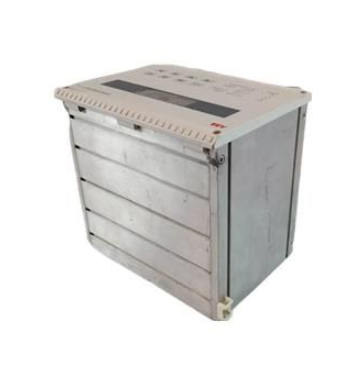ABB NU8976A High Performance Digital I/O Module
Flexibility and Scalability: Rich input and output channels and support for multiple communication protocols enable it to flexibly adapt to different industrial equipment and automation system requirements. Users can easily achieve functional expansion and system upgrades by adding expansion modules or adjusting software configurations according to actual application scenarios, meeting the constantly evolving production needs of enterprises.
Convenient integration and debugging: Standardized communication protocols and interface design enable NU8976A to be quickly and conveniently integrated into existing industrial automation systems. The accompanying debugging tools and software simplify the module configuration and debugging process, lower the technical threshold, and improve system integration efficiency.
Real time and precision: The high-speed data acquisition and output control capability ensures real-time monitoring and precise control of industrial equipment, effectively improving production efficiency and product quality, and meeting the strict requirements of industrial automation for real-time and precision.
Precautions
Installation environment: It should be installed in a dry, well ventilated, non corrosive gas, and non violent vibration environment. Avoid installation in high temperature, humid, and dusty areas to prevent electronic components from being affected by moisture, oxidation, or dust blockage, which can affect module performance and lifespan. The installation location should be far away from strong electromagnetic interference sources, such as large motors, transformers, etc., to reduce the impact of electromagnetic interference on the normal operation of the module.
Power connection: Before connecting the power supply, be sure to confirm that the input power voltage is consistent with the module requirements and ensure that the power polarity is correct. It is recommended to use a stable power supply and install appropriate fuses and filtering devices in the power line to prevent power fluctuations and surges from damaging the module.
Signal connection: When connecting input and output signal cables, ensure that the cables are firmly connected to avoid virtual connections or short circuits. For long-distance signal transmission, shielded cables should be used and the shielding layer should be reliably grounded to reduce external interference. At the same time, pay attention to the level matching of the signal to prevent the input signal from exceeding the range and damaging the module.
Software operation: When configuring and programming software, strictly follow the product manual to avoid system failures or data loss caused by improper operation. Regularly backup module configuration data for quick system recovery in case of failure. Before upgrading software versions, conduct testing to ensure compatibility between the new version of software and hardware.
Similar model supplement
ABB NU8977A Digital I/O Module: Compared with NU8976A, NU8977A has increased the number of input and output channels, making it more suitable for large-scale industrial automation projects with high point requirements. In terms of communication performance, NU8977A supports more communication protocols, has stronger communication compatibility, and can meet more complex industrial network architecture requirements.
ABB NU8975A Digital I/O Module: This model focuses on low-cost and miniaturized applications, with relatively few input and output channels, but it has the basic functions of NU8976A. Suitable for small industrial automation scenarios that are cost sensitive and have relatively simple control requirements, such as local control of small production lines, automation transformation of simple equipment, etc.
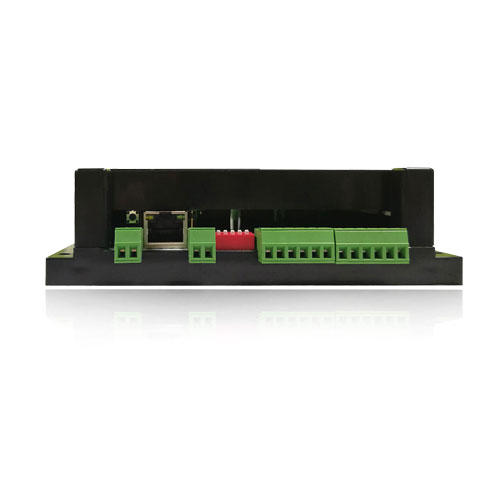
- EMERSON
- Honeywell
- CTI
- Rolls-Royce
- General Electric
- Woodward
- Yaskawa
- xYCOM
- Motorola
- Siemens
- Rockwell
- ABB
- B&R
- HIMA
- Construction site
- electricity
- Automobile market
- PLC
- DCS
- Motor drivers
- VSD
- Implications
- cement
- CO2
- CEM
- methane
- Artificial intelligence
- Titanic
- Solar energy
- Hydrogen fuel cell
- Hydrogen and fuel cells
- Hydrogen and oxygen fuel cells
- tyre
- Chemical fiber
- dynamo
- corpuscle
- Pulp and paper
- printing
- fossil
- FANUC
- Food and beverage
- Life science
- Sewage treatment
- Personal care
- electricity
- boats
- infrastructure
- Automobile industry
- metallurgy
- Nuclear power generation
- Geothermal power generation
- Water and wastewater
- Infrastructure construction
- Mine hazard
- steel
- papermaking
- Natural gas industry
- Infrastructure construction
- Power and energy
- Rubber and plastic
- Renewable energy
- pharmacy
- mining
- Plastic industry
- Schneider
- Kongsberg
- NI
- Wind energy
- International petroleum
- International new energy network
- gas
- WATLOW
- ProSoft
- SEW
- wind
- ADVANCED
- Reliance
- YOKOGAWA
- TRICONEX
- FOXBORO
- METSO
- MAN
- Advantest
- ADVANCED
- ALSTOM
- Control Wave
- AB
- AMAT
- STUDER
- KONGSBERG
- MOTOROLA
- DANAHER MOTION
- Bently
- Galil
- EATON
- MOLEX
- Triconex
- DEIF
- B&W
- ZYGO
- Aerotech
- DANFOSS
- KOLLMORGEN
- Beijer
- Endress+Hauser
- MOOG
- KB
- Moxa
- Rexroth
- YAMAHA


Email:wang@kongjiangauto.com




